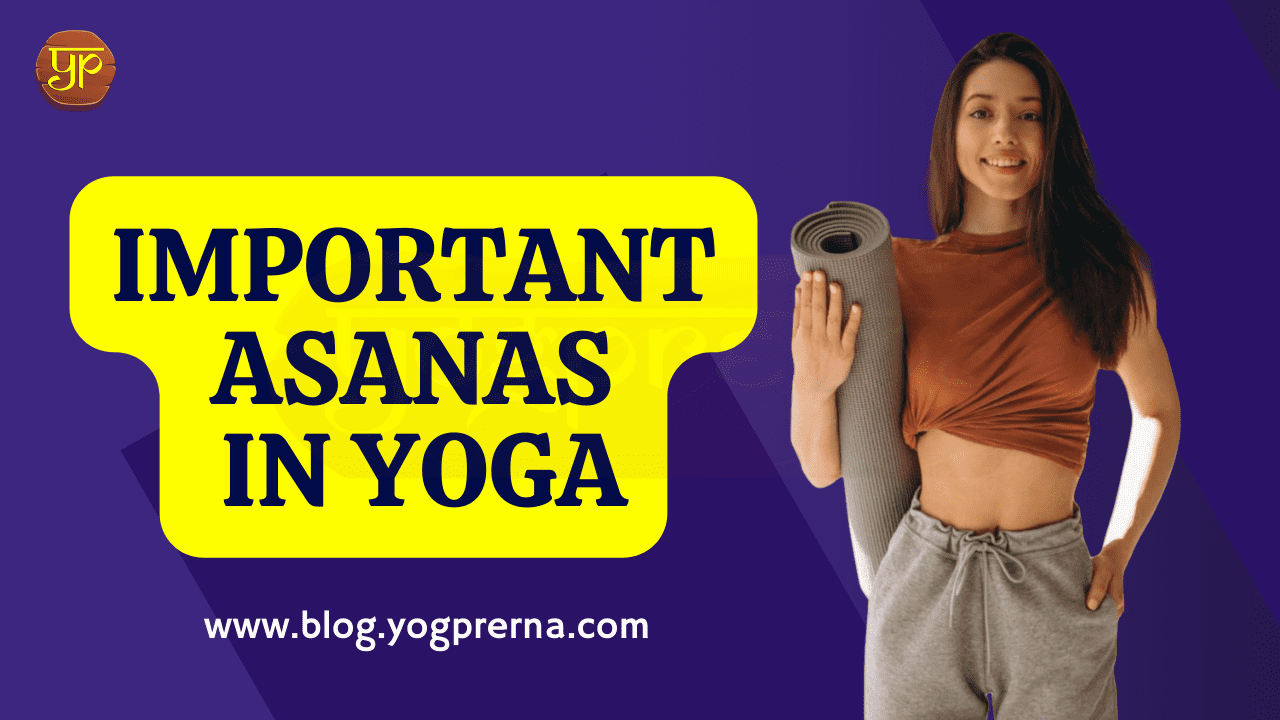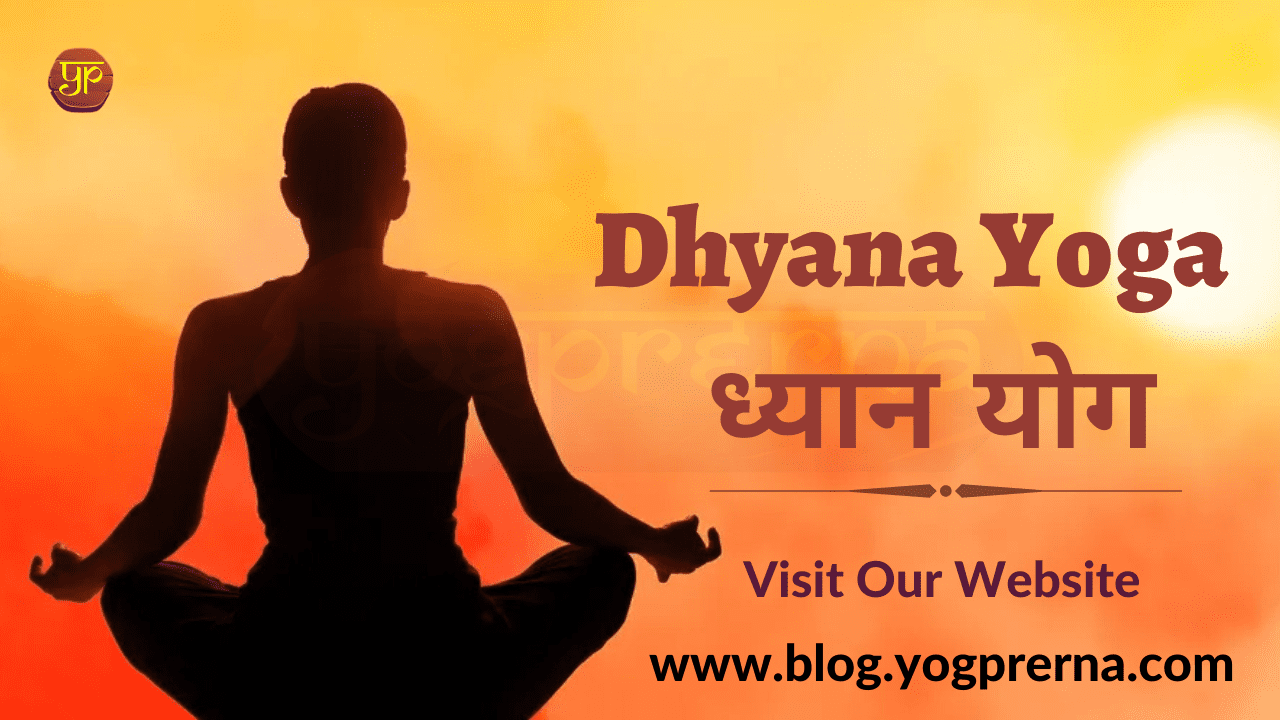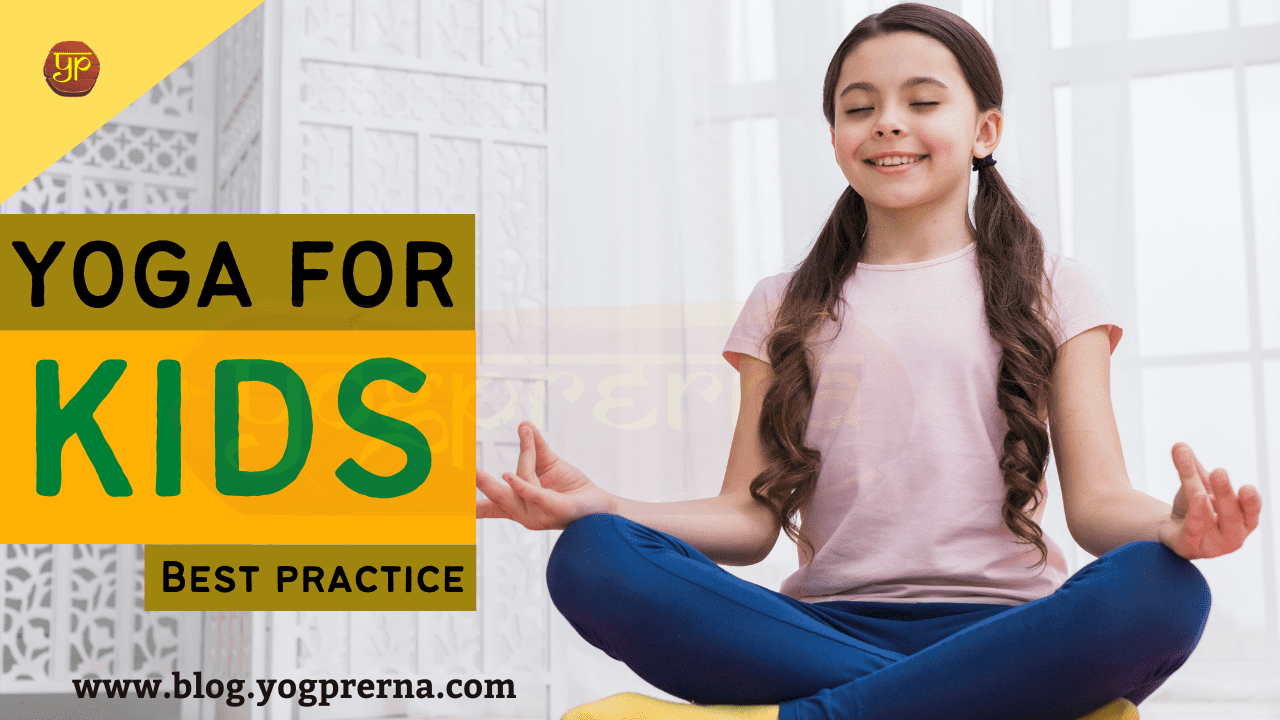Asanas of Yoga
The Yoga Sutras by Patanjali, the earliest known yoga literature, was written more than 4,000 years ago and neither mentions nor describes any specific poses, but it does give us guidance on how to approach the practice, emphasizing the importance of our desires over specific poses.
But is it accurate to say that there are around 8.4 million Asanas used in yoga? In deep space, one of each type! Fortunately, only 84 of them matter, so we do not need to comprehend them all. Unfortunately, despite the names of all 84 being easily accessible, not all of them have been adequately described in the old manuscripts.
Therefore, certain Asanas are sadly lost to us forever, but on the plus side, some are not. In this short post, we will undoubtedly be focusing on this. However, firstly enables evaluating the fundamentals.
It appears that Patanjali never specifically referred to asanas in The Yoga Sutras, a major treatise on yoga, but rather discusses the fundamental components of the right sitting position as one of the Eight Limbs of Yoga.
According to the Yoga Sutras, the four fundamental asanas are seated positions including Sukhasana, Padmasana, Vajrasana, and staff posture.
Out of the 84 asanas of yoga in total, let’s read in-depth about some of the fundamental yoga positions.
38 Most Important Asanas of Yoga
Swastikasana or Auspicious Pose
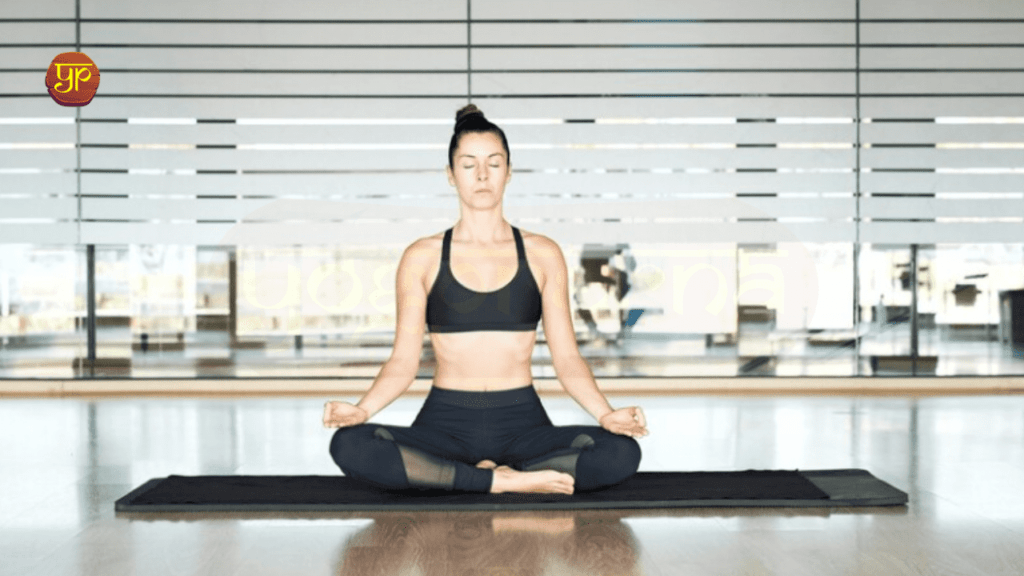
An old Hatha yoga posture known as Swastikasana is utilized for cross-legged meditation. The swastika emblem, which is also an old Hindu moniker that denotes luck, signifies fortune in Sanskrit.
Shavasana or Corpse Pose
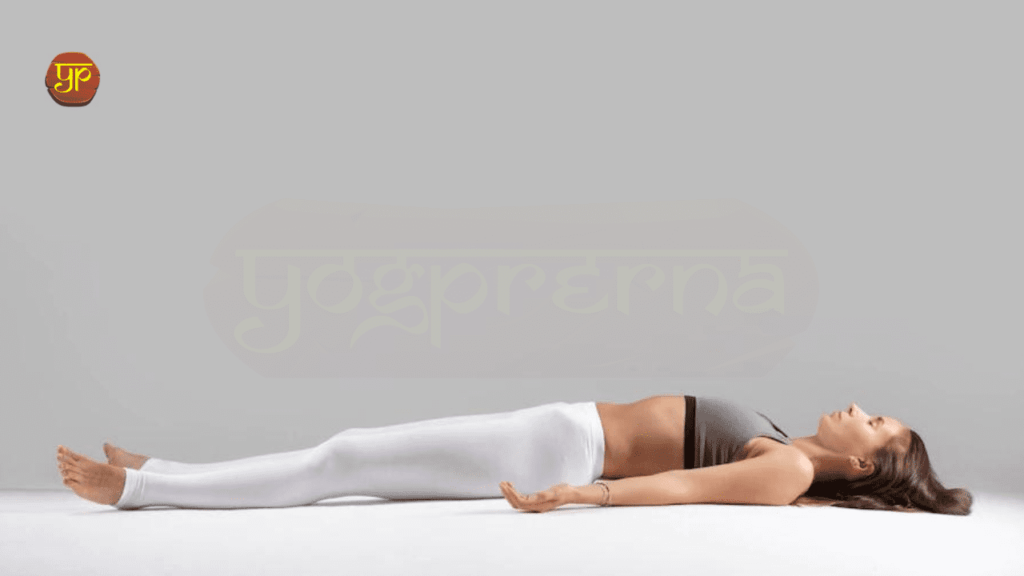
Shavasana, also known as the corpse pose or Mritasana, is a pose from Hatha yoga that is also employed in contemporary yoga. The goal of this type of exercise is often to wind down by performing standard Yoga Nidra meditation poses.
Chaturanga Dandasana or Four-Limbed Staff Pose
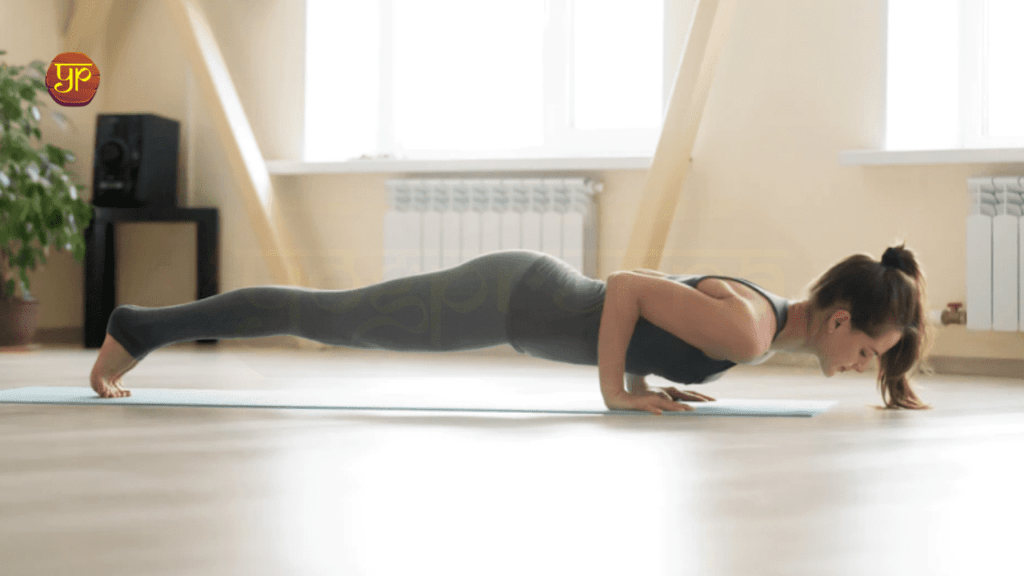
It creates the Surya Namaskar (Sun Salutation), in which the forearms are at right angles to the torso and the toes and palms maintain a straight body while remaining parallel with the ground.
Garbha Pindasana or Womb Pose
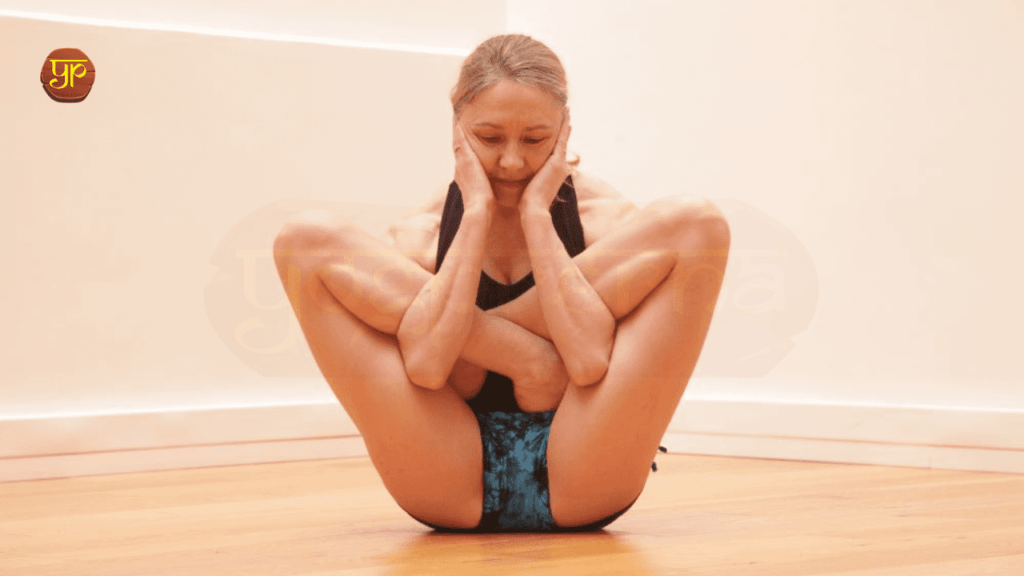
In Uttana Kurmasana, also known as the inverted turtle posture, the body points upward rather than being balanced in a vertical position.
Baddha Konasana or Butterfly Pose
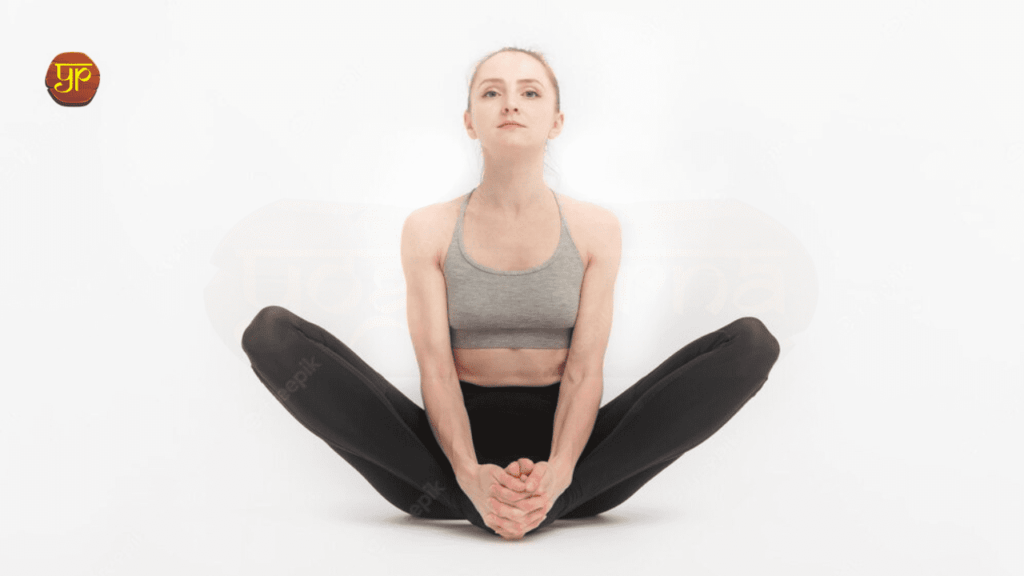
It is a type of Hatha yoga sitting position known historically as Bhadrasana, and it is appropriate for modern yoga as a workout and a place to sit for relaxation.
Gomukhasana or Cow Face Pose
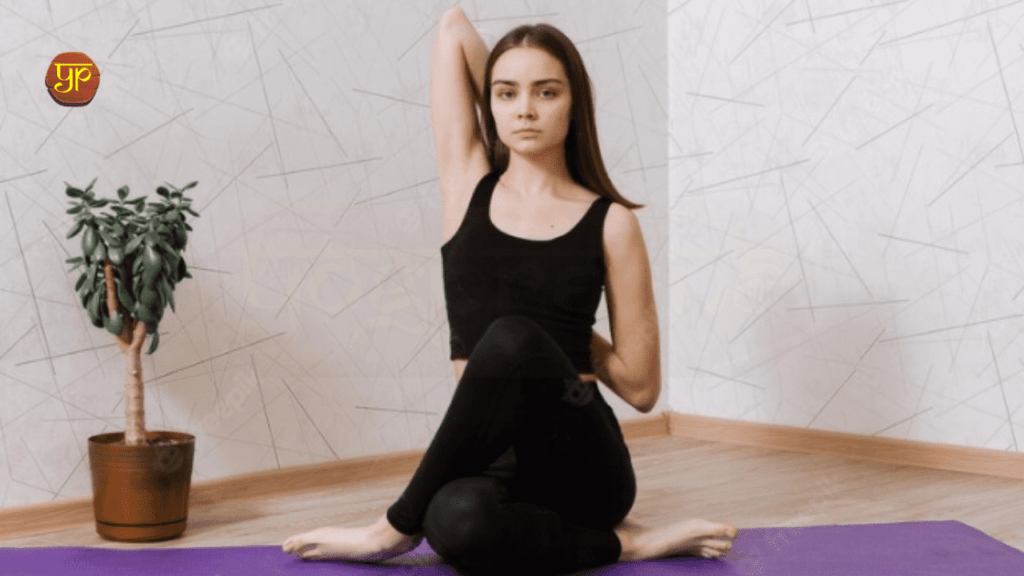
A sitting yoga stance known as Gomukhasana, or bull face pose, is occasionally employed in Hatha yoga and contemporary meditation.
Garudasana or Eagle Pose
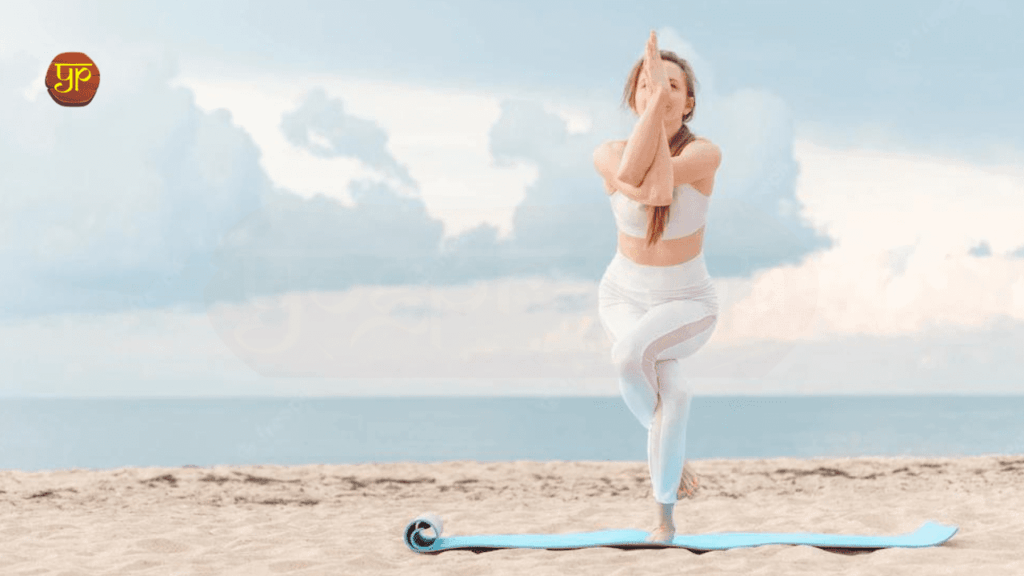
In contemporary yoga, the Eagle pose or Garudasana is a type of standing balancing. In various medieval Hatha yoga positions, this name was utilized.
Sukhasana or Easy Pose
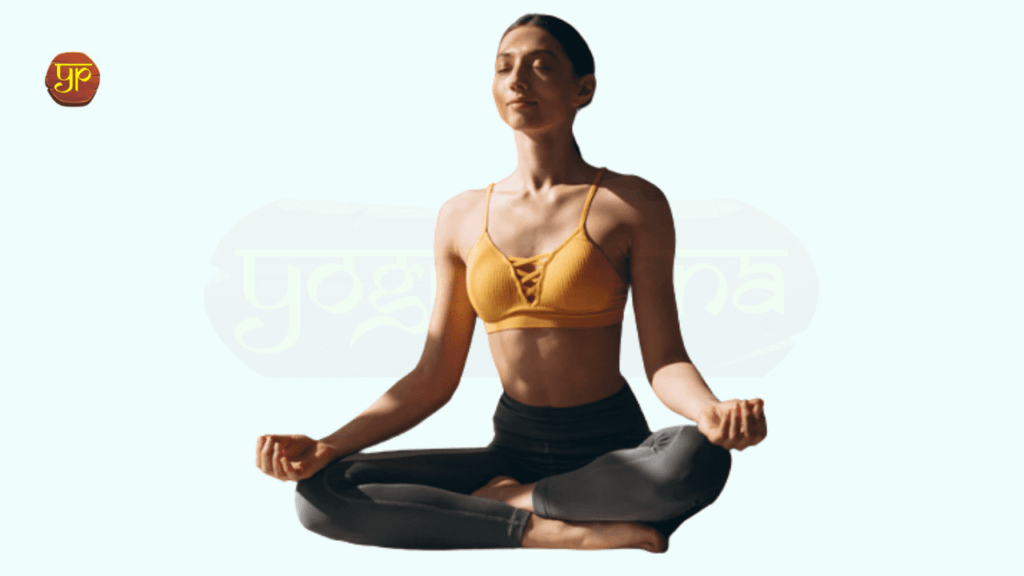
The eagle pose, or Garudasana, is a sort of upright balancing in modern yoga. This word was used in a variety of medieval Hatha yoga poses.
Setu Bandha Sarvangasana or Bridge Pose
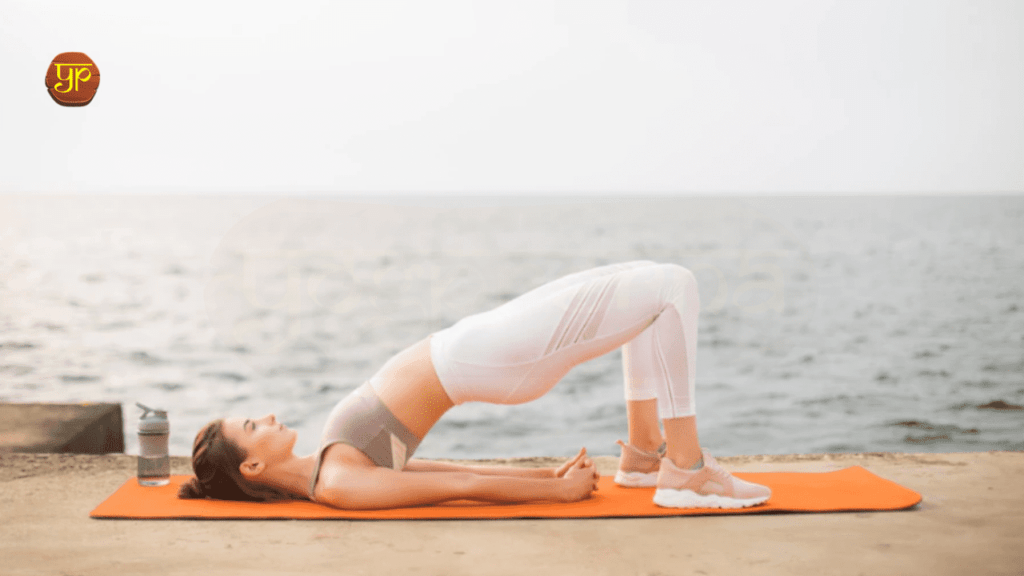
Bandha Sarvangasana yoga is also known as Setu Bandha Sarvangasana, shoulder bridge, or just bridge, commonly referred to as the contemporary Bandhasana.
Dhanurasana or Bow Pose
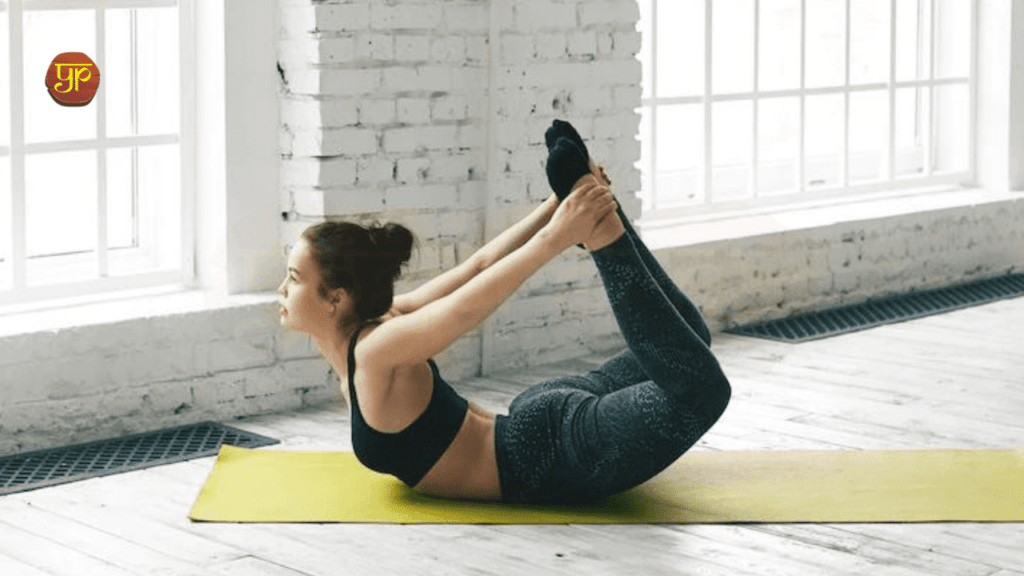
In both Hatha and contemporary yoga, the bow position, or Dhanurasana, involves bending the back.
Sirsasana or Head Stand Pose
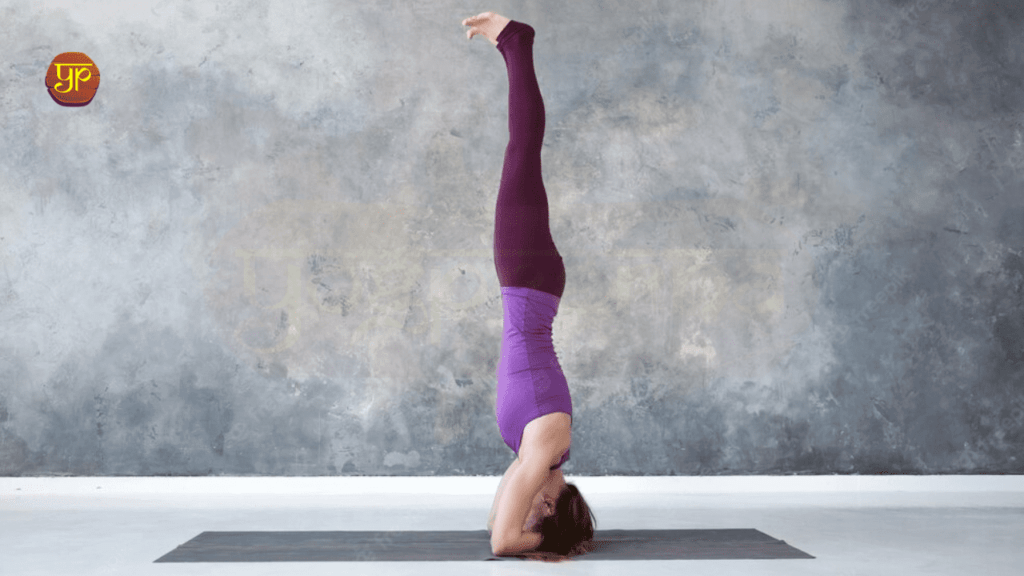
In classical hatha yoga, Sirsasana, also known as yoga inversion or reverse handstand, is referred to as an asana and is a type of modern yoga handstand. It is known as the emperor of all asanas.
Bhujangasana or Cobra Pose
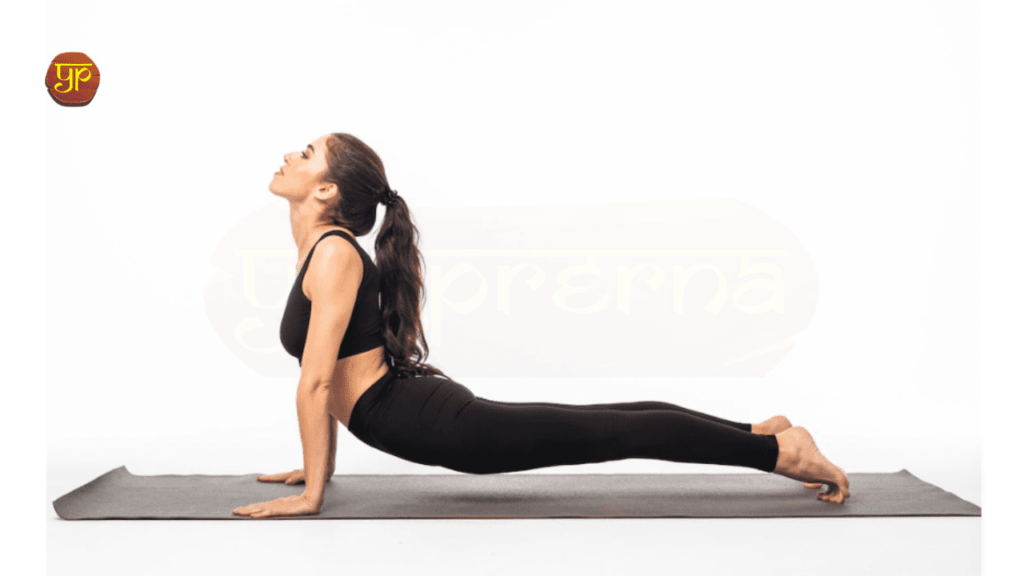
Like the yoga practice cycle in contemporary yoga, Bhujangasana, often known as the cobra pose, is a laying position. An alternative to Urdhva Mukha Svanasana is Namaskar.
Padmasana or Lotus Pose
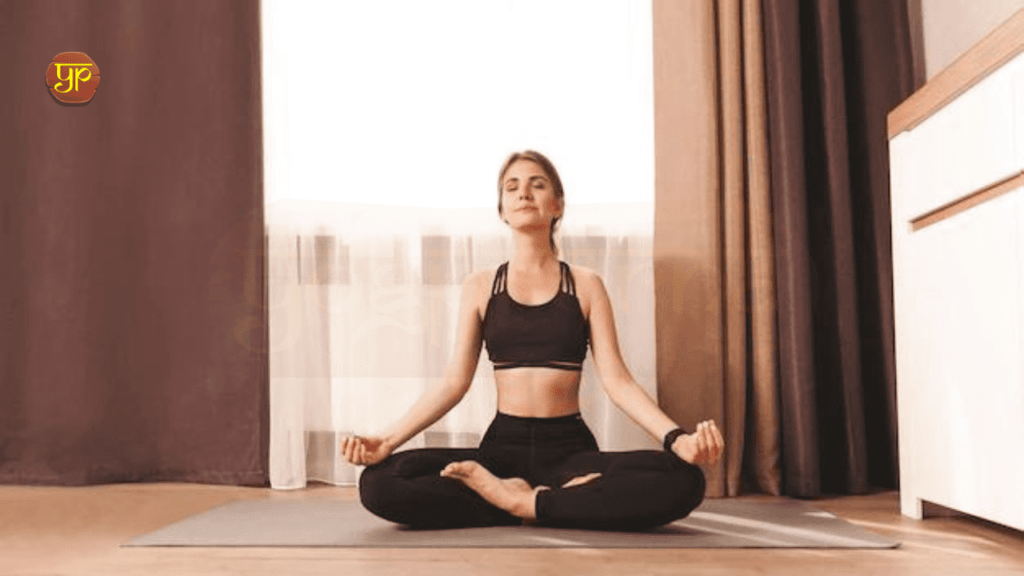
The lotus position is a cross-legged meditation position that originated in ancient India. Every leg is placed on the thigh across from the other. In the Hindu, Tantric, Jain, and Buddhist cultures, Hatha Yoga is frequently practiced for meditation.
Siddhasana or Perfect Pose
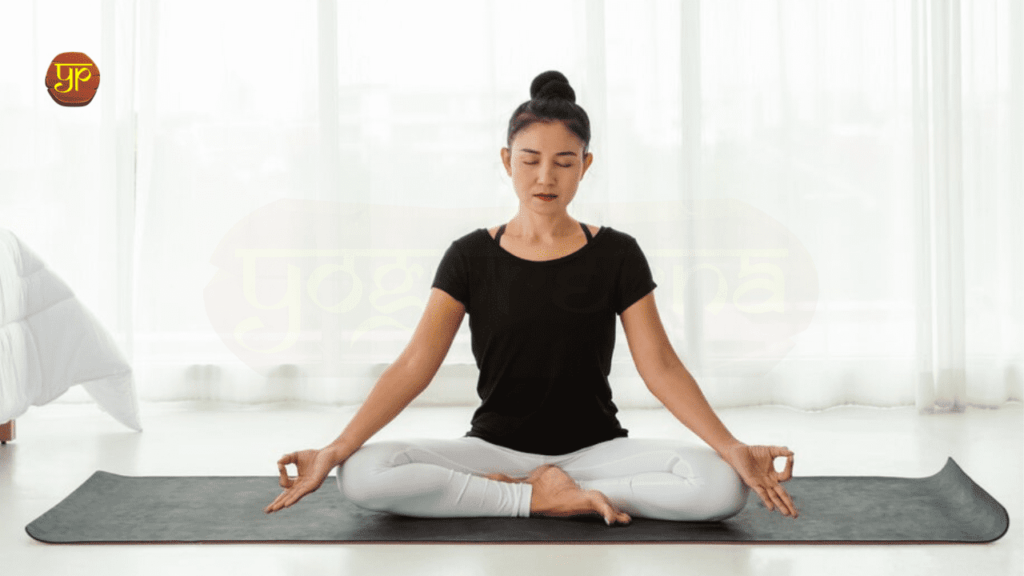
The traditional sitting position known as Siddhasana, or performance pose, is appropriate for contemporary yoga meditation practice. Sometimes the same pose is referred to as Muqtasana and other times a lighter stance is referred to as Burmese Pose.
Natrajasana or Lord of the Dance Pose
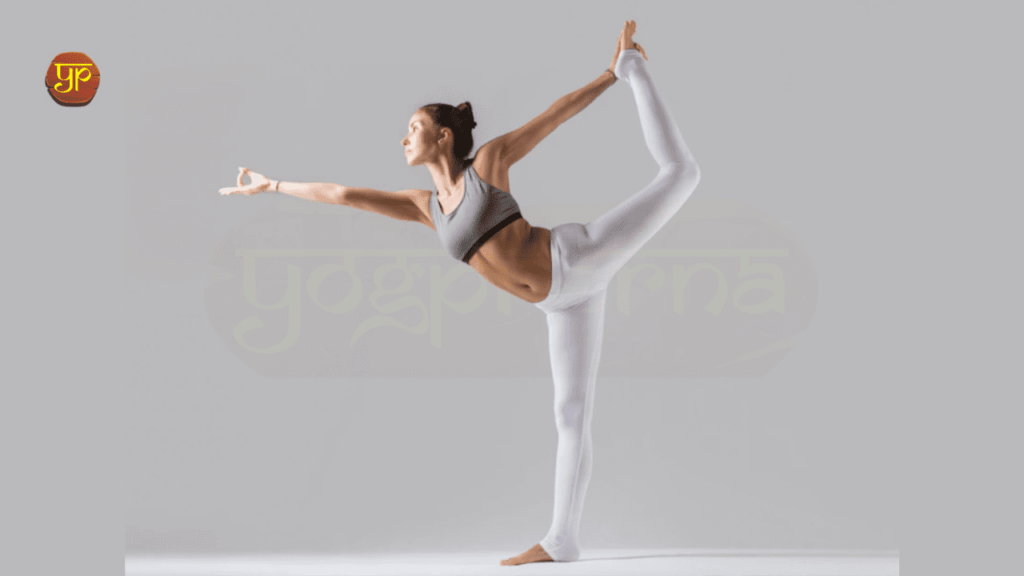
The stability and upright flexion in contemporary yoga is known as Natarajasana, the king of dance postures or dancer poses. An image of the Indian classical dance style Bharatanatyam can be found on a sculpture in Chidambaram’s Nataraja Temple.
Utthita Parsvakonasana or Extended Side Angle Pose
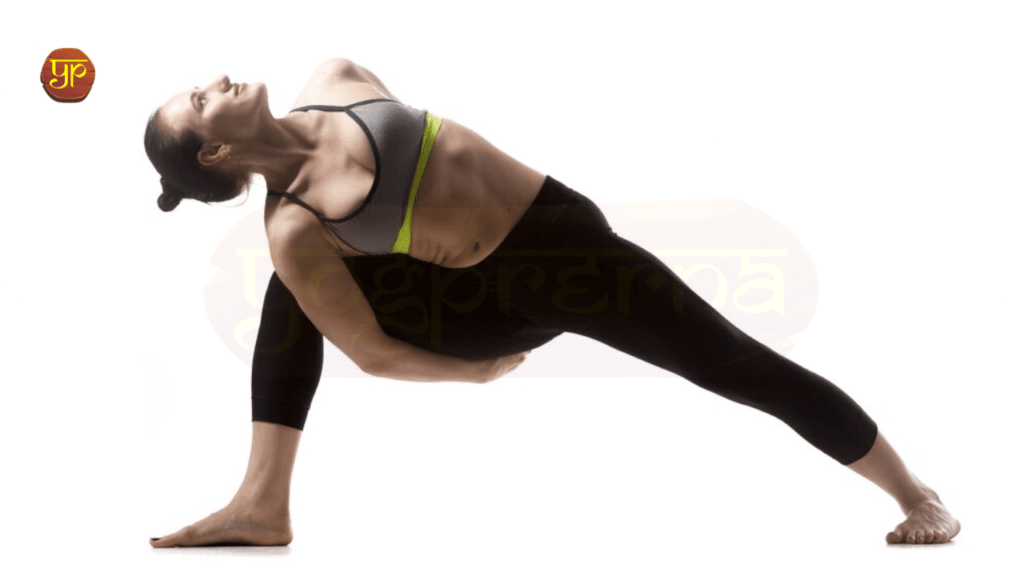
The modern yoga posture Utthita Parsvakonasana works a variety of lateral angle muscle groups, including the groin, chest, lungs, shoulders, spine, and belly.
Vajrasana or Thunderbolt Pose
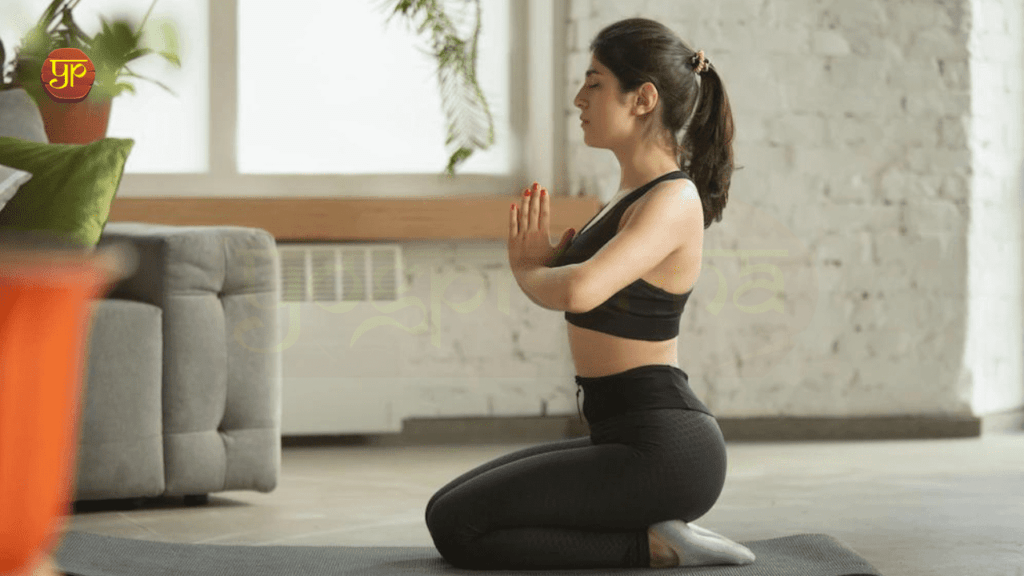
Kneeling positions are common in Hatha and contemporary yoga, such as Vajrasana, Thunder Pose, and Diamond Pose. Various stances were referred to by this name in medieval writings. Calf tucked beneath the thigh, a practitioner is seated on his heels. Touch the first toes of your foot, and it sits upright with a space of four fingers between the kneecaps.
Halasana or Plow Pose
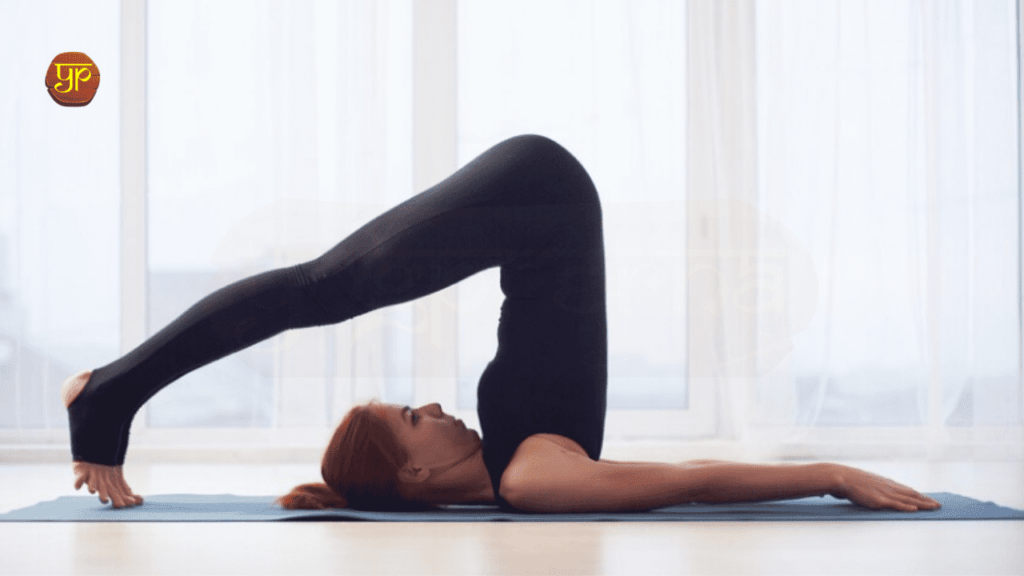
In Hatha and contemporary yoga, the plow pose, or Halasana, is an inverted position. Karnapidasana modifications include doing the pose with the feet and ears near the knees.
Tadasana or Mountain Pose
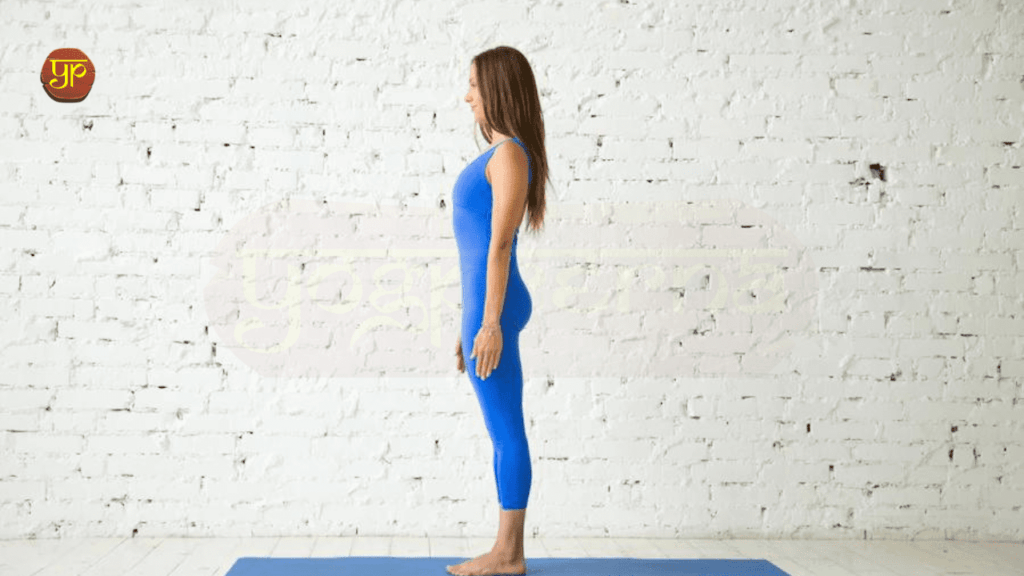
Although it is not mentioned in the ancient hatha yoga literature, the standing stance known as Tadasana, also known as mountain pose or Samasthiti, provides the basis for many other standing poses.
Bhairavasana or Formidable Pose
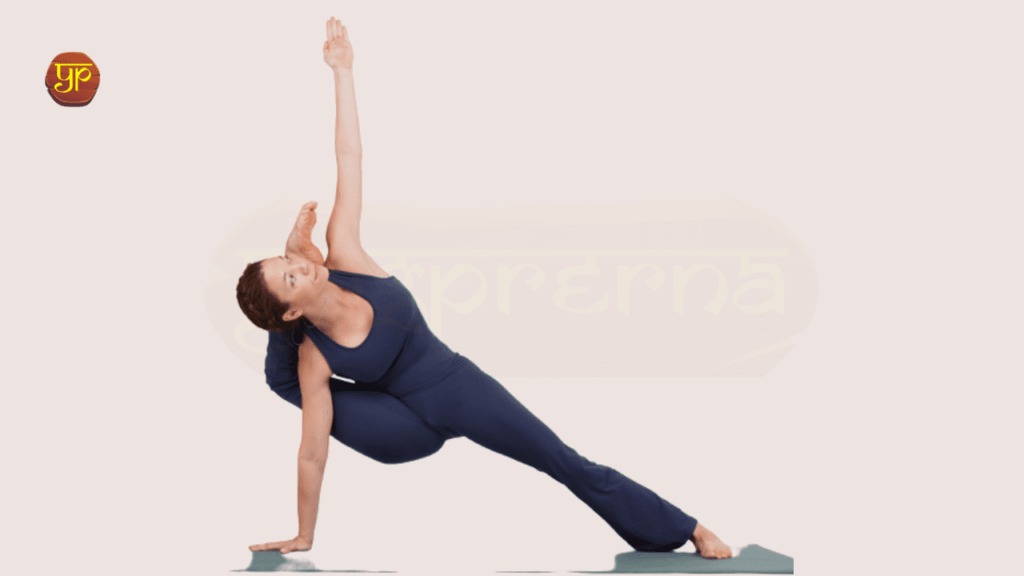
Bhairavasana, also known as the magnificent position or Supta Bhairavasana in the Kala Bhairavasana version, is similar to Vasishthasana. Maintain a balanced position with one arm and one straight leg. One of Lord Shiva’s eight incarnations is known as Bhairava. Ankushasana, which means “elephant goad pose,” is another name for this position.
Viparita Dandasana or Inverted Staff Pose
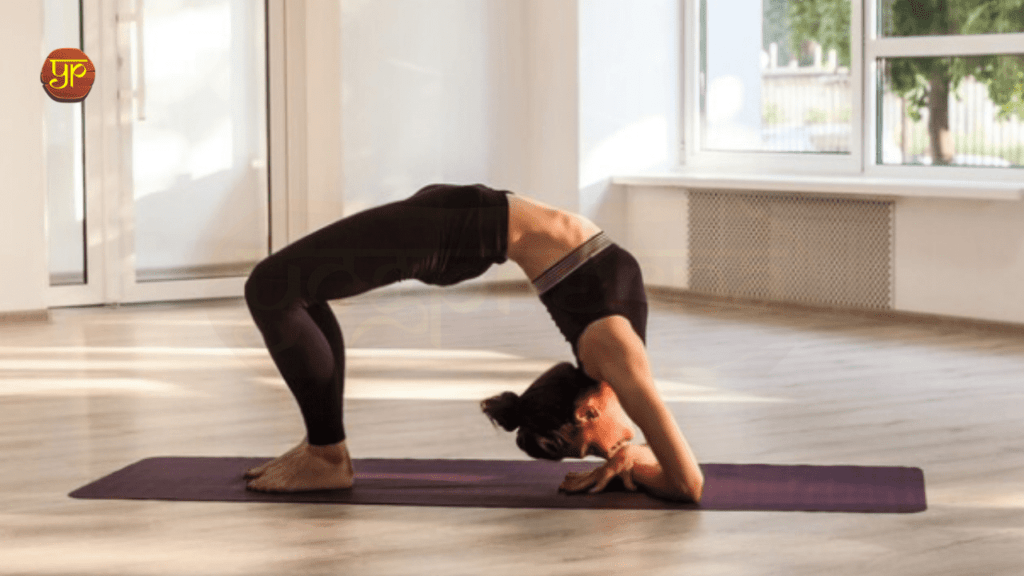
Viparita Dandasana is a reverse yoga pose that is an activity in reverse. Either one foot or both feet on the ground can be used to perform this.
Virabhadrasana or Warrior Pose
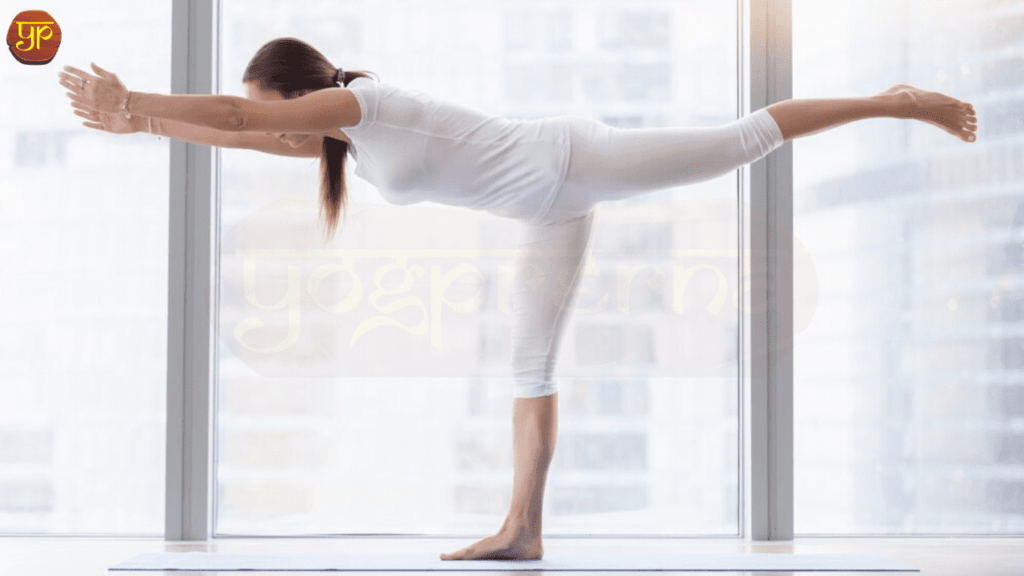
Virabhadrasana, or the position of the warrior, consists of 12 steps. The associated asana in contemporary yoga is a routine honoring the virtues of the legendary warrior Virabhadra. Despite the fact that this pose’s name is derived from Hindu mythology, it wasn’t until the 20th century that it was described in the Hatha Yoga canon.
Navasana or Boat Pose
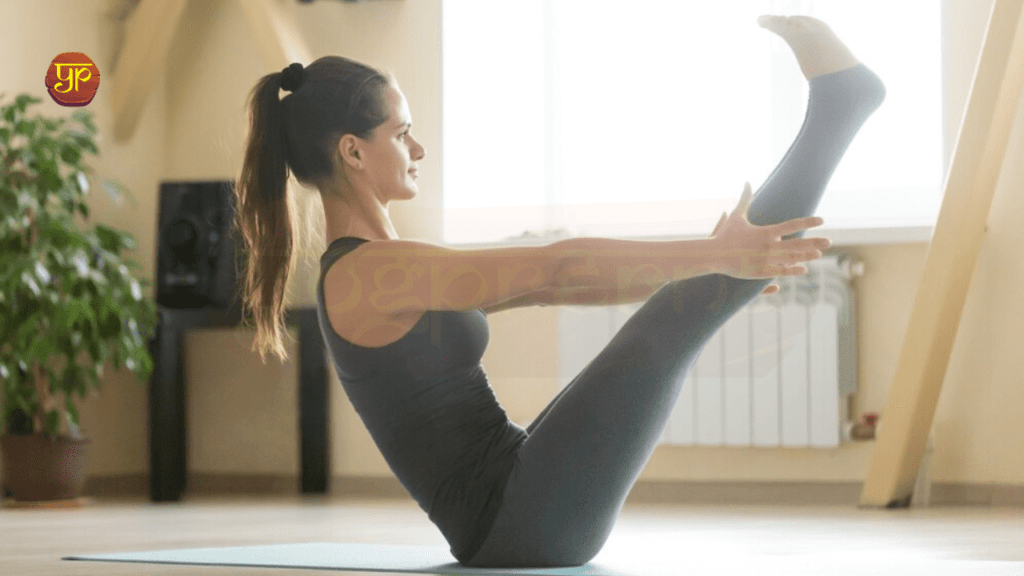
Boat posture, Paripurna, or Navasana In contemporary yoga, Navasana is a practiced seated position.
Jathara Parivartanasana or Revolved Abdomen Pose
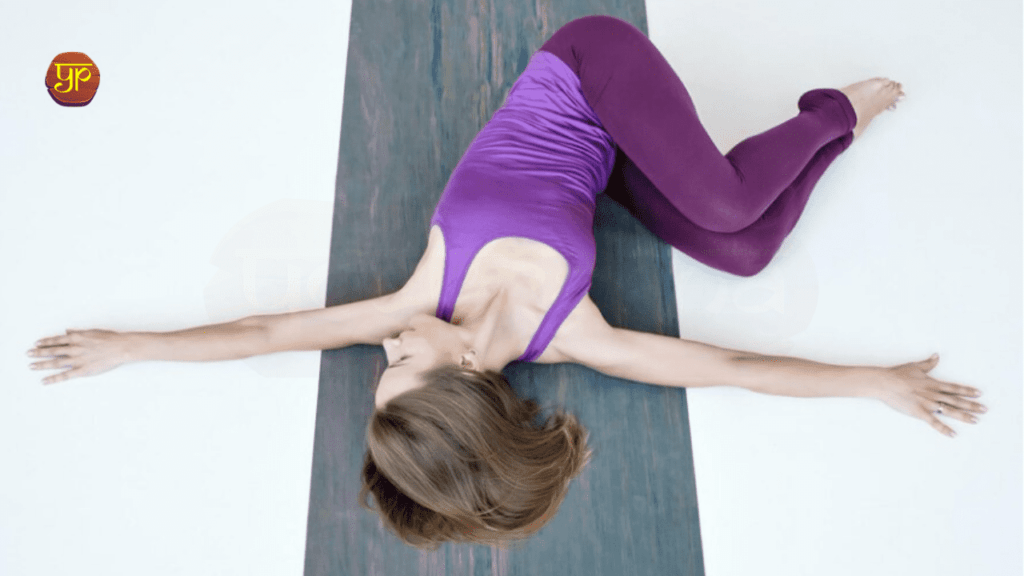
Erect abdominal wall, Jathara Parivartanasana In horizontal asanas, such as pose or bending the spine or abdomen, rotation is performed in contemporary yoga.
Salabhasana or Locust Pose
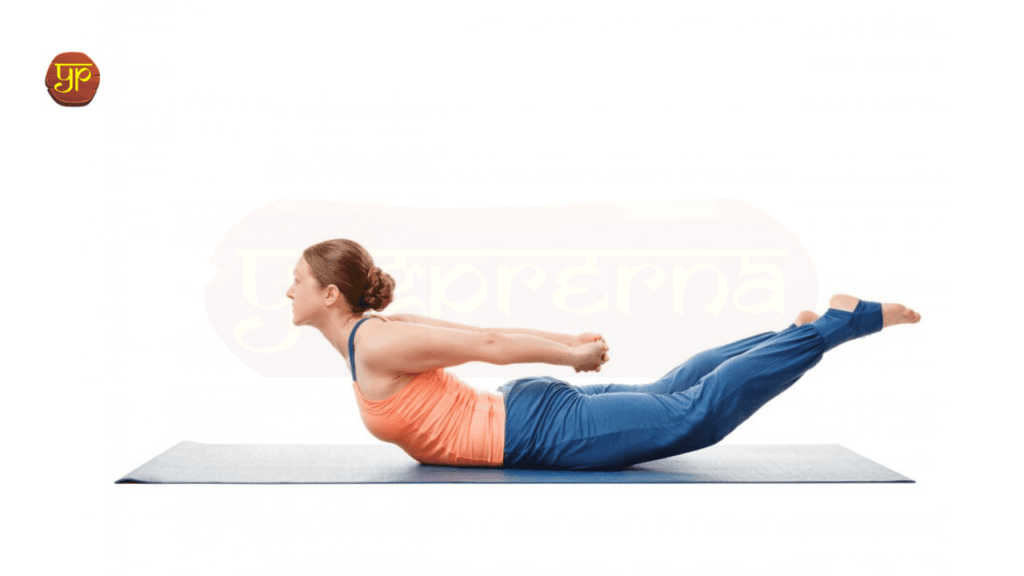
Salabhasana, often known as the grasshopper pose, is a backbend in contemporary yoga.
Surya Namaskar or Sun Salutation
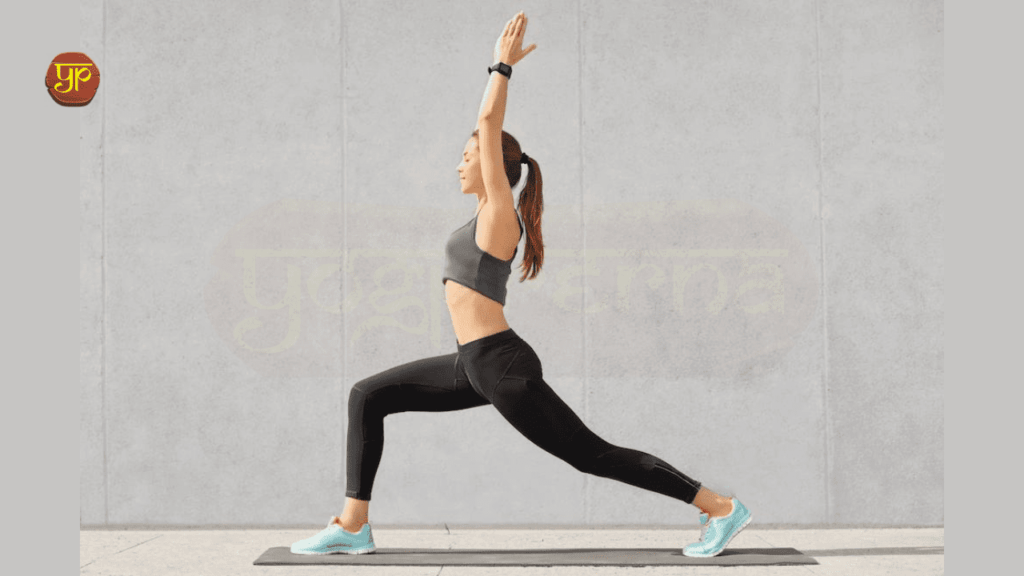
Sun salutation, also known as Surya Namaskar, is a yoga-like posture sequence made up of roughly twelve intricately linked asanas. Although similar exercises were practiced in India prior to the early 20th century, the asana pattern was first documented as yoga.
Trikonasana or Triangle Pose
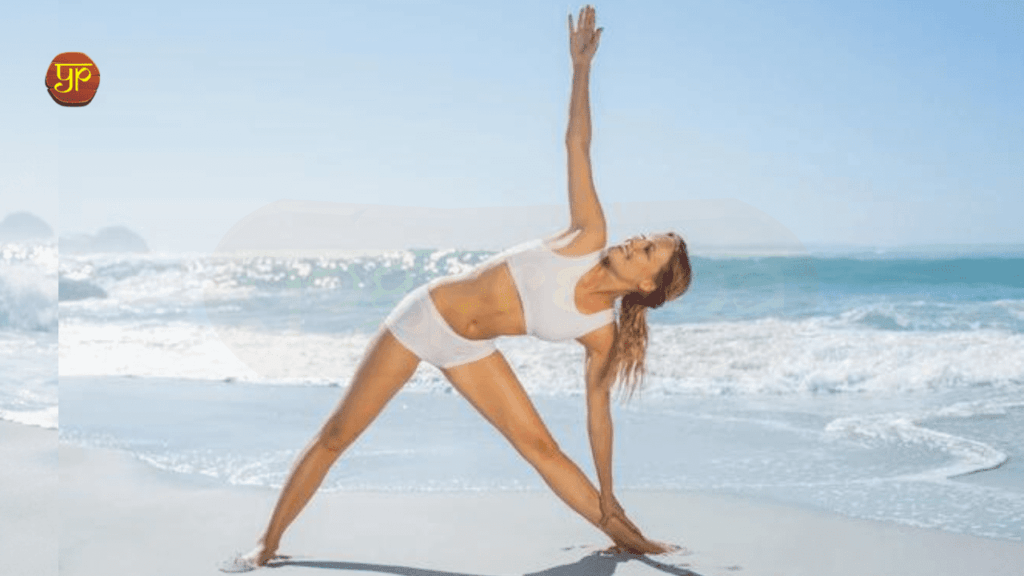
It is a form of contemporary yoga asana. Parivritta Trikonasana and Baddha Trikonasana (triangular shape) are variations.
Chakrasana or Wheel Pose
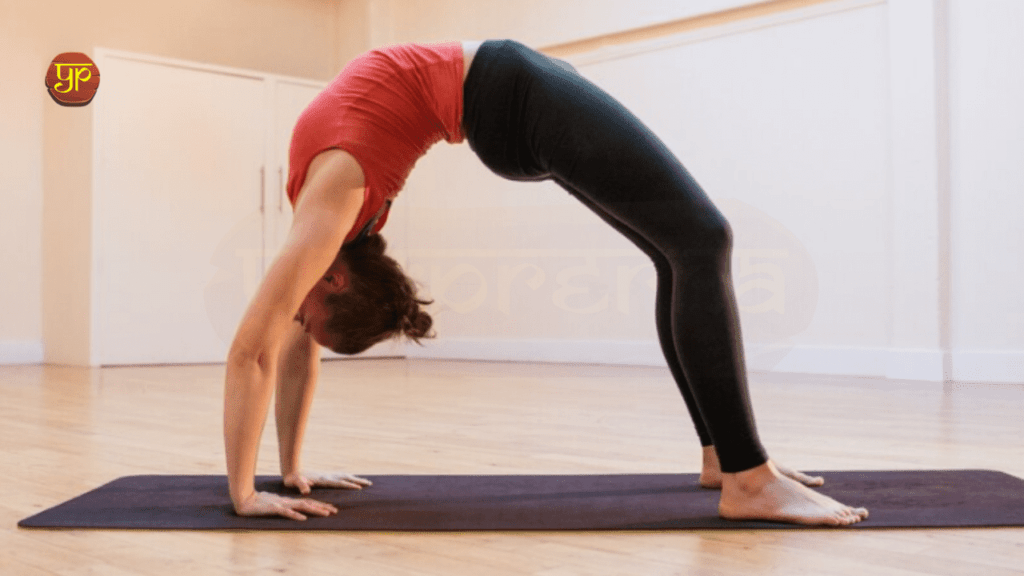
Yoga asanas to practice include Chakrasana, the wheel posture, and Urdhva Dhanurasana, the rising arch stance. This is the last and opening position of the backbend. allows the spine to be very flexible. The term “bridge” refers to this position in acrobatics and athletics.
Upavishta Konasana or Wide-Angle Seated Pose
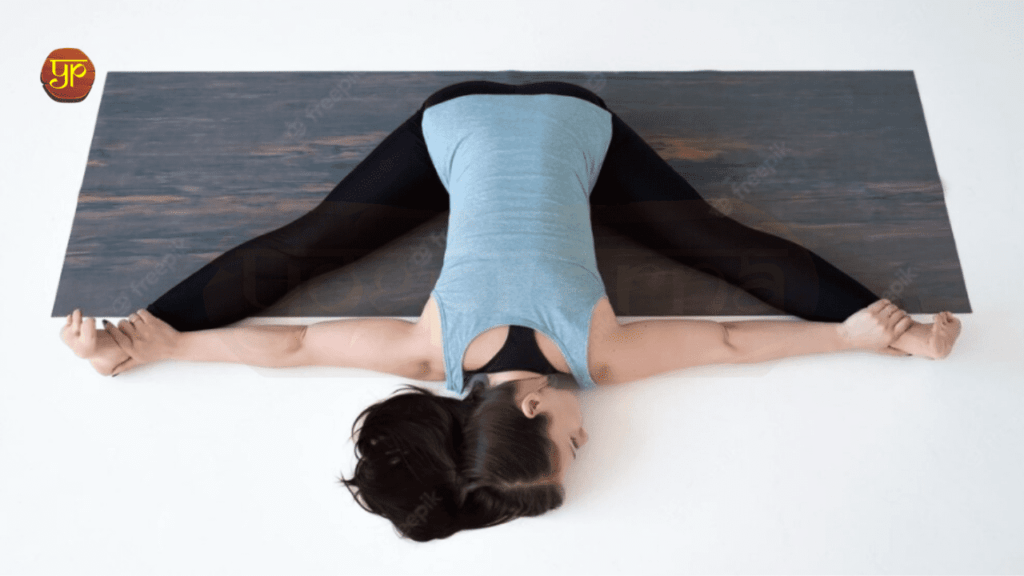
Curl your toes and push forward while sitting bolt upright with your legs as wide as possible.
Adho Mukha Svanasana or Downward Facing Dog Pose
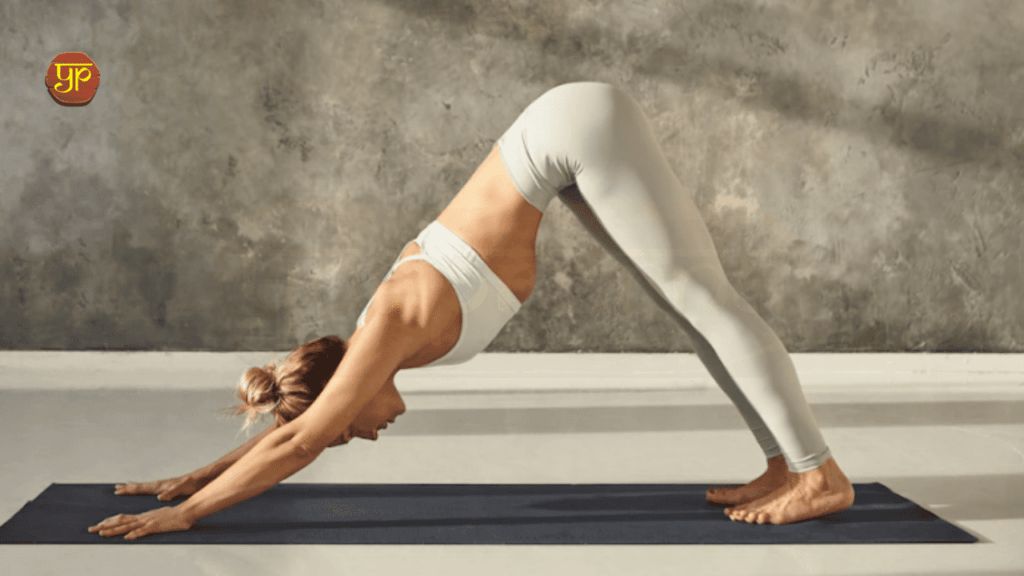
However, Bhujangasana, or the snake pose, can be substituted.
Utkatasana or Chair Pose
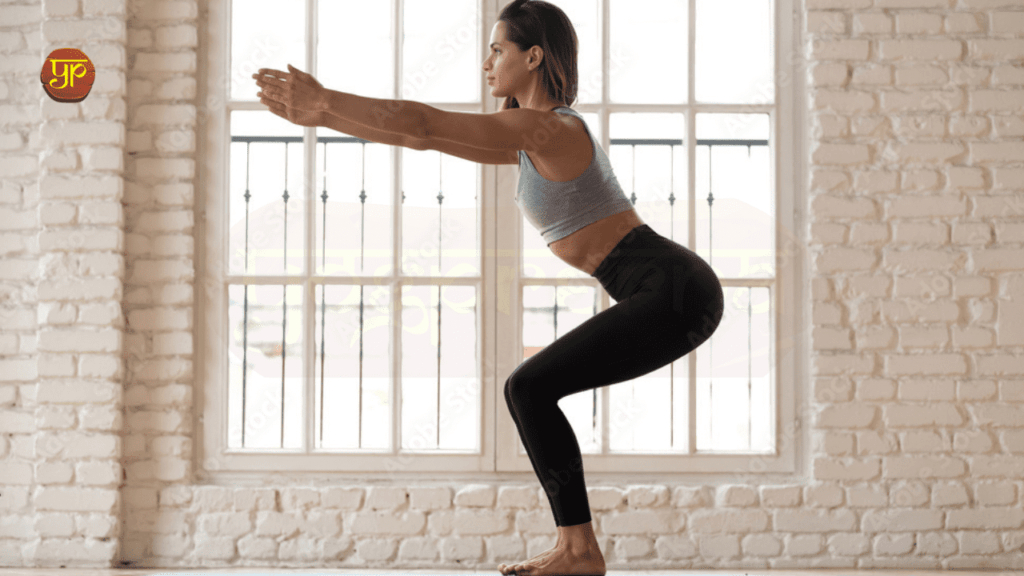
Modern yoga’s chair posture, or Utkatasana, is a static position. In ancient Hatha Yoga, this position is known as a low squat.
Ustrasana or Camel Pose
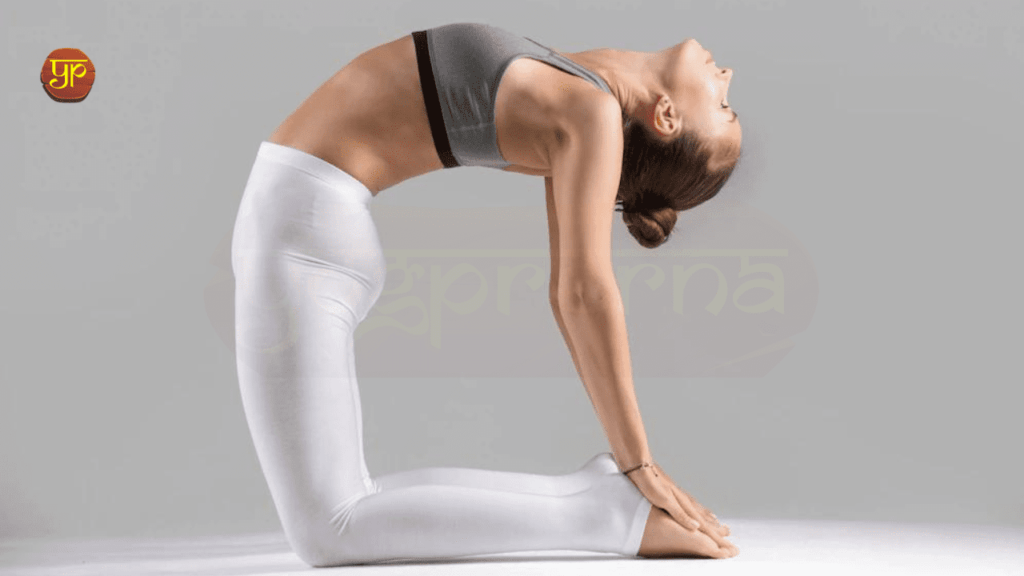
Modern yoga practices Ustrasana, also known as camel position, as a post-bend stance.
Uttanasana or Standing Forward Bend Pose
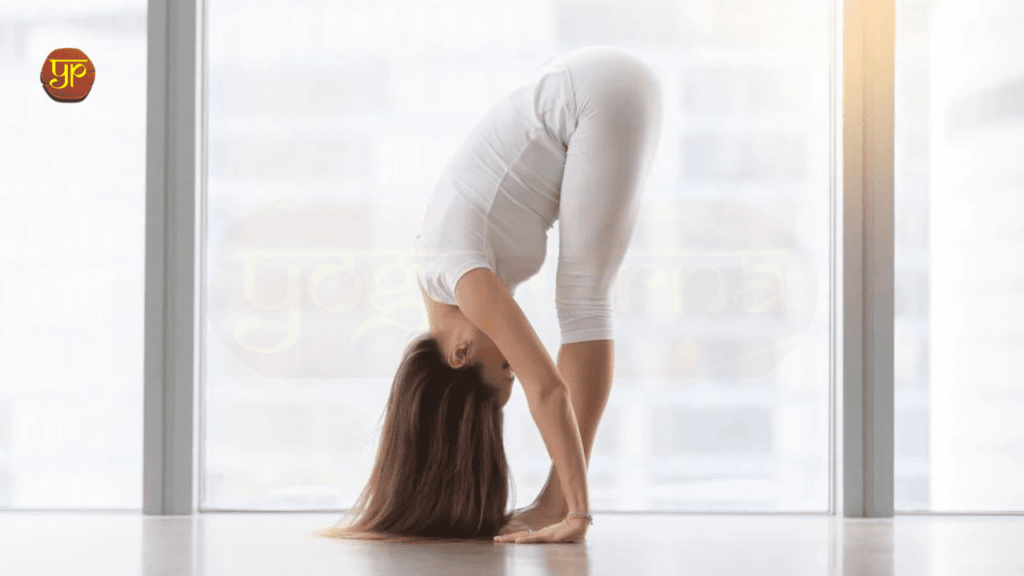
You can perform Padahastasana instead of Uttanasana, or upright forward bending if your modern toes are used for toe flexion.
Vrikshasana or Tree Pose
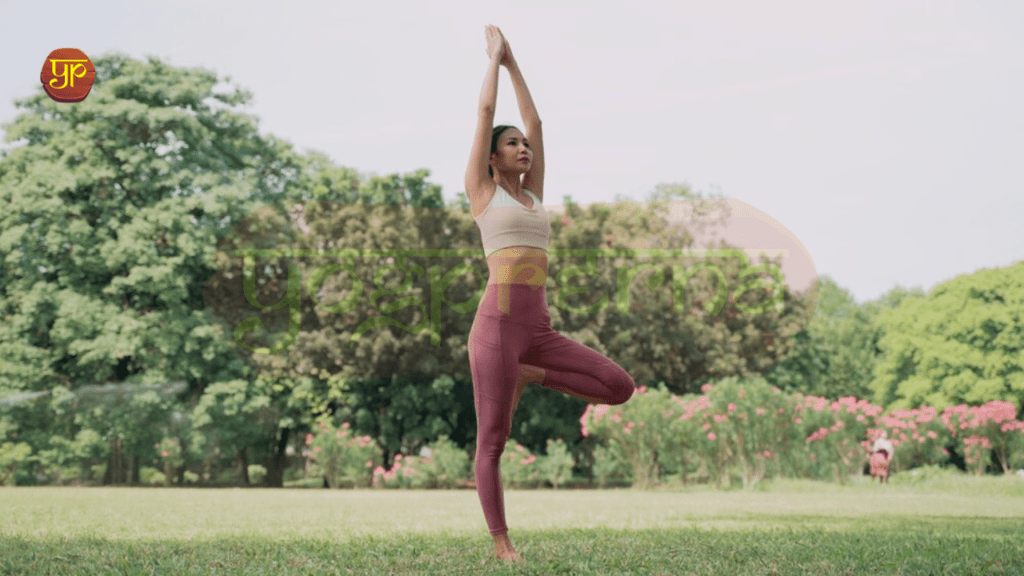
There is equilibrium in the tree posture. It is still a well-liked practice in contemporary yoga and was one of the few upright poses in ancient hatha yoga.
Ashtanga Namaskara or Eight-Limbed Pose
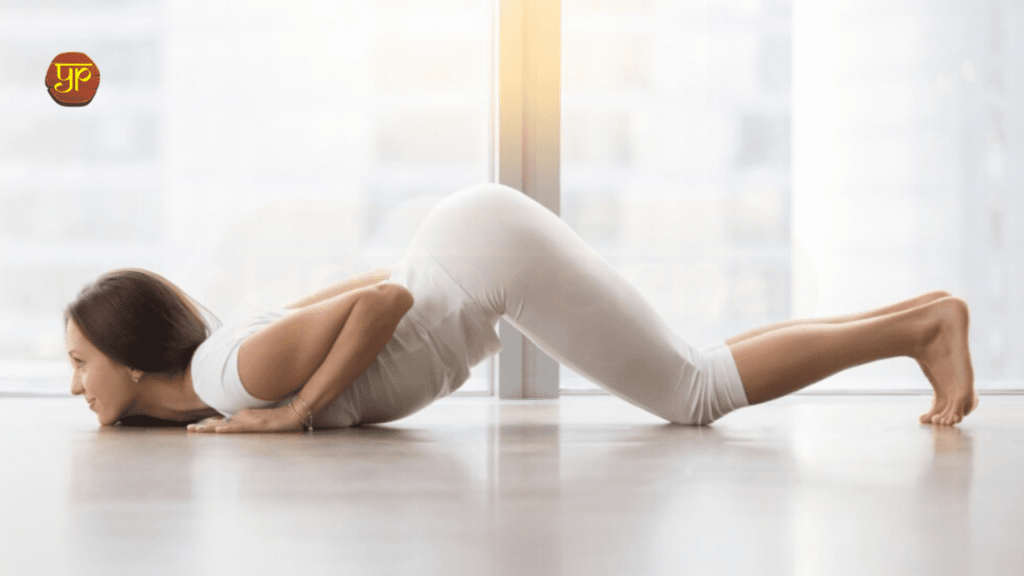
Surya practiced balancing the torso on eight points of direct contact with the ground: the feet, knees, chest, chin, and arm.
Anantasana or Sleeping Vishnu Pose
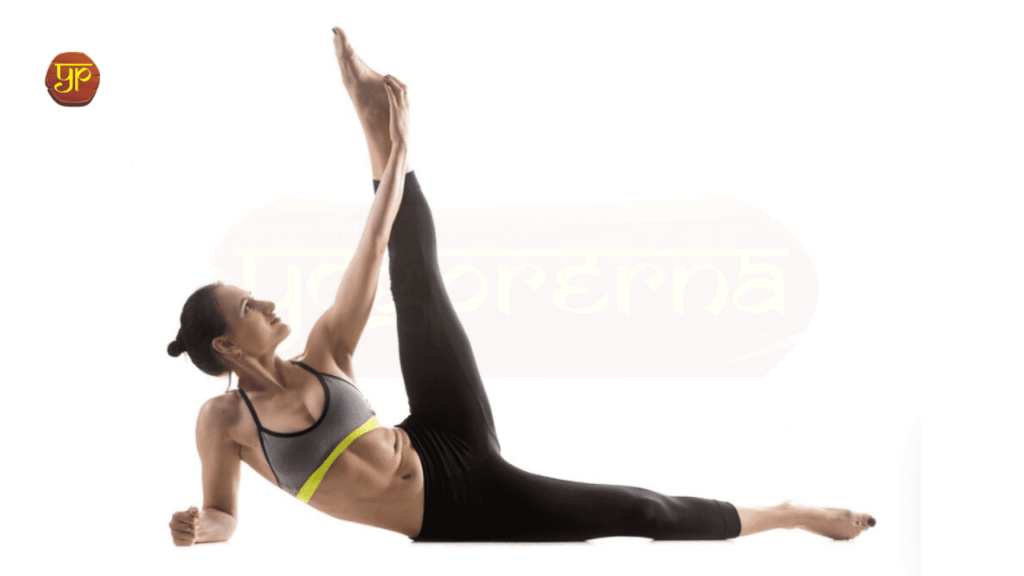
Anantasana, also known as the Sleeping Vishnu Stance or the supine leg pose in modern yoga, is an exercise position.
Bidalasana or Cat Pose
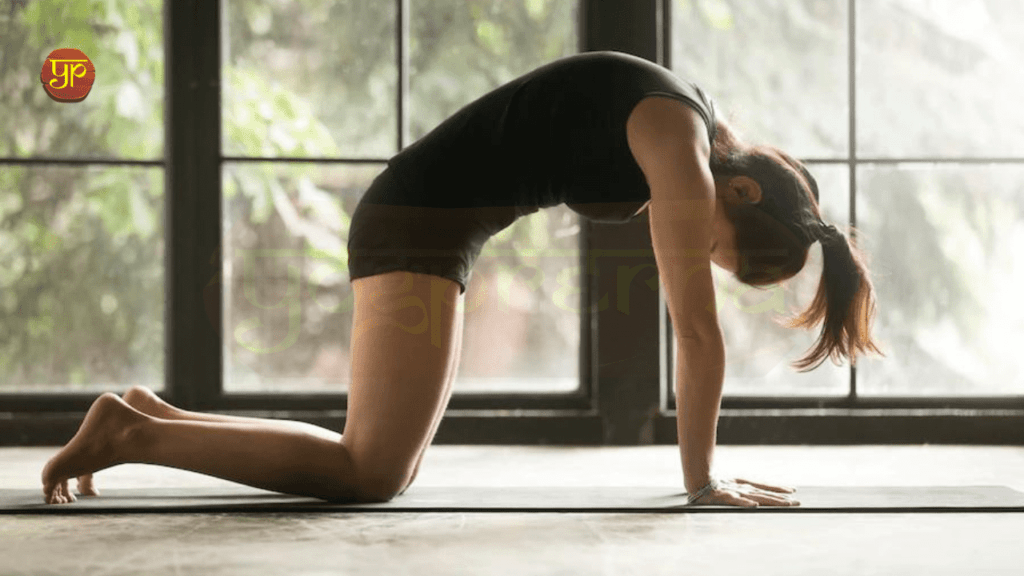
Sanskrit for “cat position,” Bidalasana or Marjaryasana is a contemporary kneeling practice. Tiger position, or Vyagrasana, is the one-legged stretch. In order to create contrast, the cow pose, or Bitilasana, is frequently used. It is normal practice to repeatedly switch between cow and cat positions.
Balasana or Child Pose
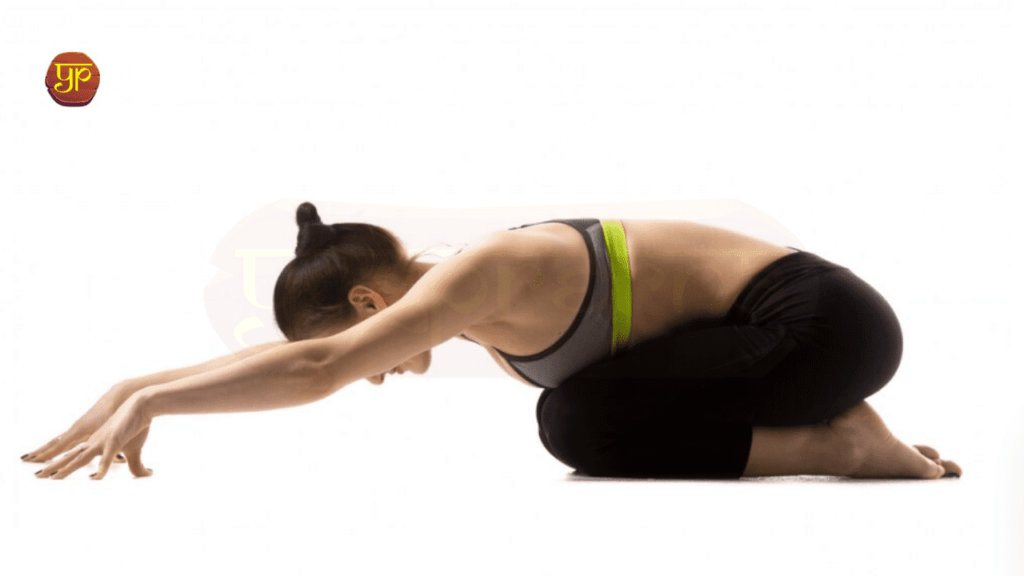
Modern yoga uses the kneeling position known as Balasana, also known as children’s posture or children’s relaxing pose, as a practice. Balasana is a variety of asanas that are typically performed before and after Sirsasana.
Conclusion
While practicing yoga has many positive effects on the body and mind, it is not a replacement for medical care. It’s crucial to study and practice yoga poses under the guidance of a certified yoga instructor. Yoga poses should only be performed in the event of a medical problem after contacting a physician and a yoga instructor. This article talks about the most followed ways of Yoga and its types. We hope it is useful to you and if you want to make any improvements to this article, let us know in the comments section.
May You Like – Dhyana Yoga || Balayam Yoga || Bhakti Yoga || Patanjali Ashtanga Yoga
Frequently Asked Questions (FAQ)
-
What is the most important asana in yoga?
Savasana, which is spelled “shah-VAHS-anna” and is a posture in yoga, is the most crucial one. Savasana is a Sanskrit phrase that means “dead body.” We now refer to it as corpse posture. In terms of physical difficulty, it is the simplest yoga position.
-
Which is the king of Asana?
Salamba Shirshasana, commonly recognized as the yoga headstand, is an inverted asana used in contemporary yoga workouts. In classical hatha yoga, it was referred to by several names as both an asana and a mudra. It has acquired the moniker “lord of all asanas.”
-
Who is the founder of yoga?
The physical components of the yogic practice were first defined by the Sage Patanjali between 400 and 500 CE, despite the fact that yoga has a long history. His writings, the Yoga Sutras, are well renowned for the knowledge they include regarding asanas or the posture-based physical aspect of yoga.
-
Which asana is called the Queen of Asana?
Salamba Sarvangasana or Shoulder Stand Pose is recognized as the Queen of Asana in Yoga.

